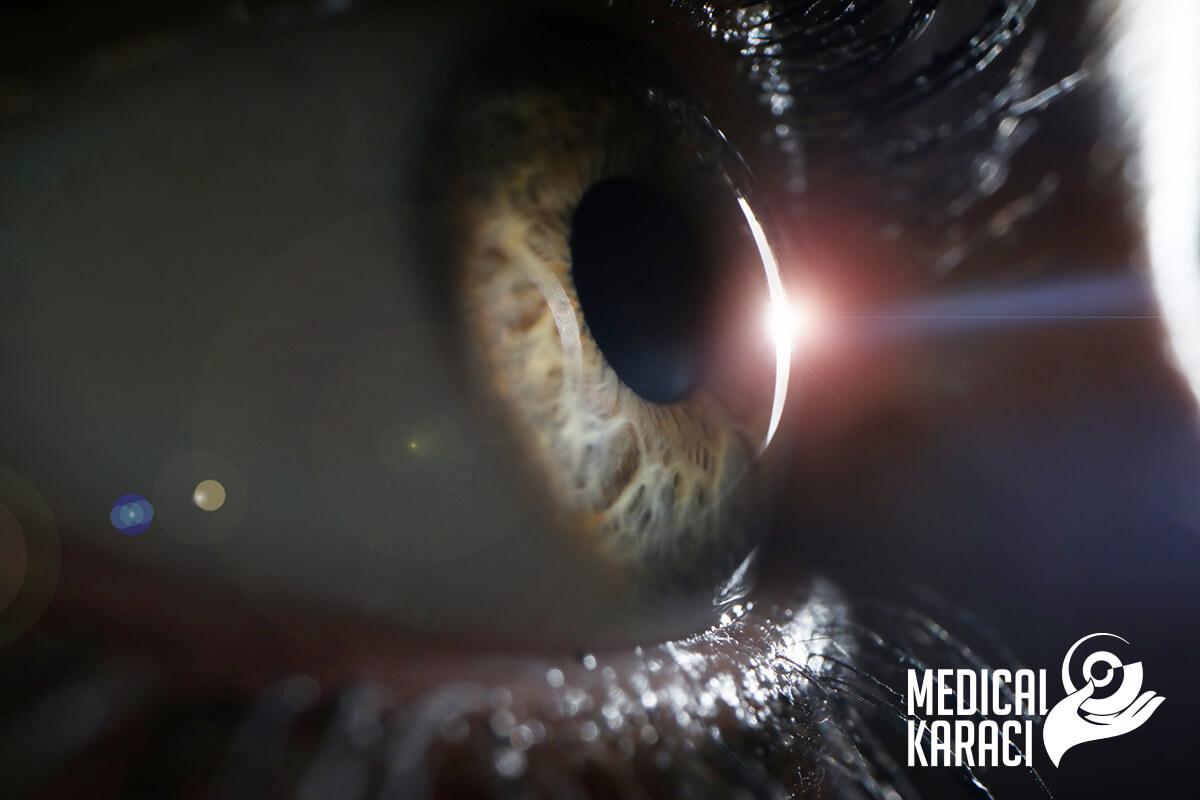Historically, the way of treating intraocular tumors has been through surgery, namely enucleation (removing the eyeball completely). Brachytherapy is a type of radiation therapy that has been used to treat intraocular tumors since the 1930s. Today, it is the most widely used treatment method, especially for choroidal (uveal) melanoma.
Plaque brachytherapy is commonly used in a definitive treatment. The radiation sources used for brachytherapy are in the form of small radioactive seeds about the size of rice. These seeds are attached in a gold or steel bowl called a plate. This plate of radioactive seeds is placed on the surface of the eye, inside or near the tumor(s).
Targeted treatment with proven efficacy:
Ophthalmic plaque brachytherapy delivers a highly concentrated dose of radiation to the tumor with relatively less radiation to surrounding healthy tissue. The plaque protects other areas of the body from the radiation emitted by the seeds. This means that nearby healthy tissue is less likely to be damaged. This distinguishes plaque brachytherapy from other radiation-based treatments.
Personalized treatment:
The dose of radiation delivered to the tumor is determined by the type, number, and strength of the seeds used and the duration of the implant. The dose also depends on the size of the tumour and its location. Brachytherapy is given all the time the plaque is on the eye, usually for 2 to 4 days.
Teamwork:
Ophthalmologists and radiation oncologists work together to suture the plaque in place on the eye, with the goal of covering the base of the intraocular tumor. Plaque placement is done in an operating room. At the completion of treatment, the plaque is removed during a follow-up another surgery.
Which patients are suitable for plaque brachytherapy?
The treatment is applicable in patients with:
- Uveal melanoma
- Retinoblast
- Ocular surface tumours, including squamous cell carcinoma (SCC) and conjunctival melanoma
- Capillary hemangioma of the retina
- Vasoproliferative tumors of the retina
- Choroidal haemangioma
Results:
- Less damage to surrounding tissues
- Increased chance of:
- Preservation of eye function
- Avoiding removal of the eyeball
For more information, we at Medical Karaj are at your service.
Call us on the following numbers "Medical Karaj": 0879 977 401 or 0879 977 402.
Also keep an eye on our constantly updated Facebook content.



